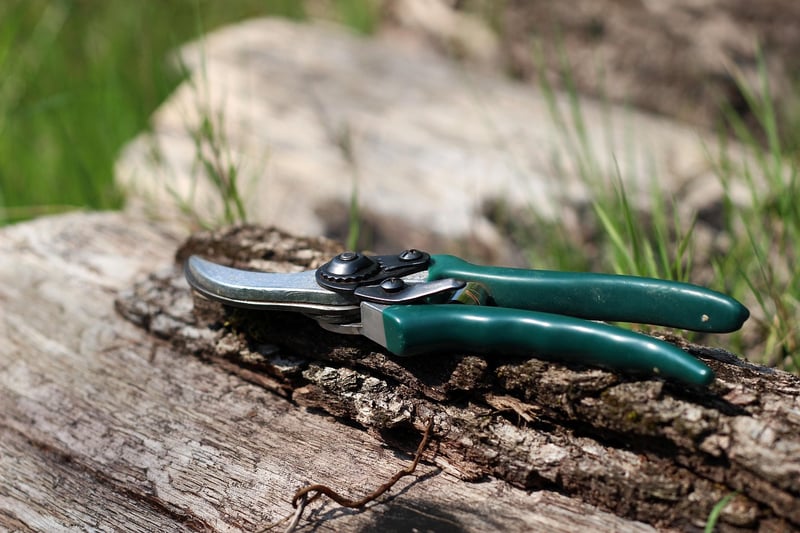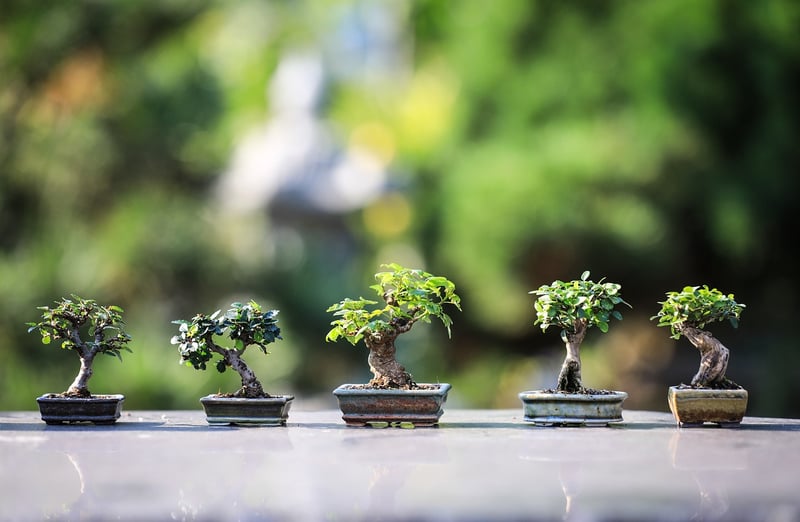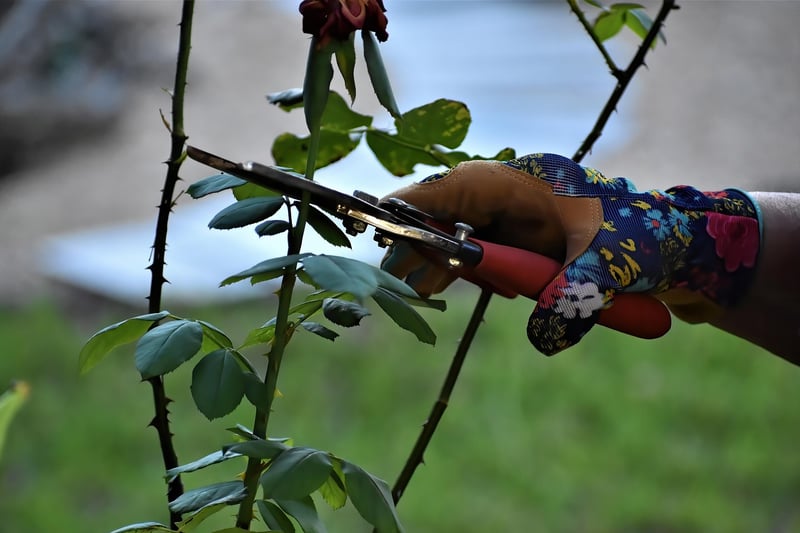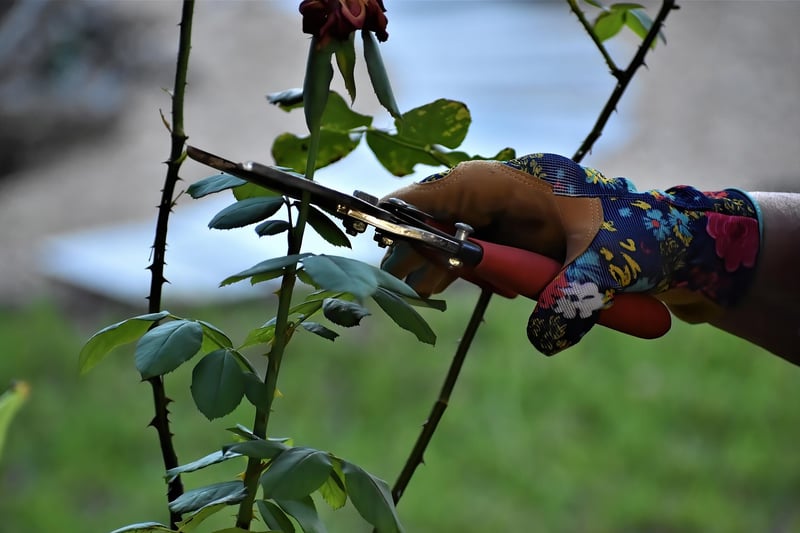Pruning techniques
Maintaining Healthy Plants: Essential Pruning Techniques
When it comes to ensuring your plants thrive, proper pruning is a crucial skill every gardener should master. Pruning not only helps maintain the shape and size of your plants but also promotes healthy growth and flowering. Here are some essential pruning techniques to keep your plants happy and thriving:
1. Remove Dead or Diseased Branches
Dead or diseased branches can hinder the overall health of your plants. By cutting them off, you not only prevent the spread of disease but also redirect the plant's energy to healthier parts, promoting new growth.

2. Shape and Control Growth
Pruning allows you to shape your plants according to your preferences and control their growth. By selectively cutting back branches, you can encourage a fuller, more compact growth habit or redirect growth to promote better flowering.

3. Encourage Flowering and Fruit Production
Pruning at the right time can stimulate flowering and fruit production. By removing old wood or spent flowers, you can encourage the plant to focus its energy on producing new blooms or fruits.
4. Maintain Plant Health
Regular pruning helps improve air circulation and sunlight penetration within the plant, reducing the risk of diseases such as powdery mildew. It also allows you to spot and address any issues before they escalate.
5. Know When to Prune
It's essential to know the best time to prune specific plants. While some plants benefit from pruning in late winter or early spring to promote new growth, others may prefer pruning after flowering to avoid cutting off potential buds.
6. Use the Right Tools
Invest in quality pruning tools like sharp bypass pruners, loppers, and pruning saws to make clean cuts without damaging the plant. Remember to clean your tools after each use to prevent the spread of diseases.

By mastering these essential pruning techniques and incorporating them into your plant care routine, you can ensure your plants remain healthy, vibrant, and beautiful year-round.
Remember, each plant species may have specific pruning needs, so always research the best practices for the plants in your garden.
